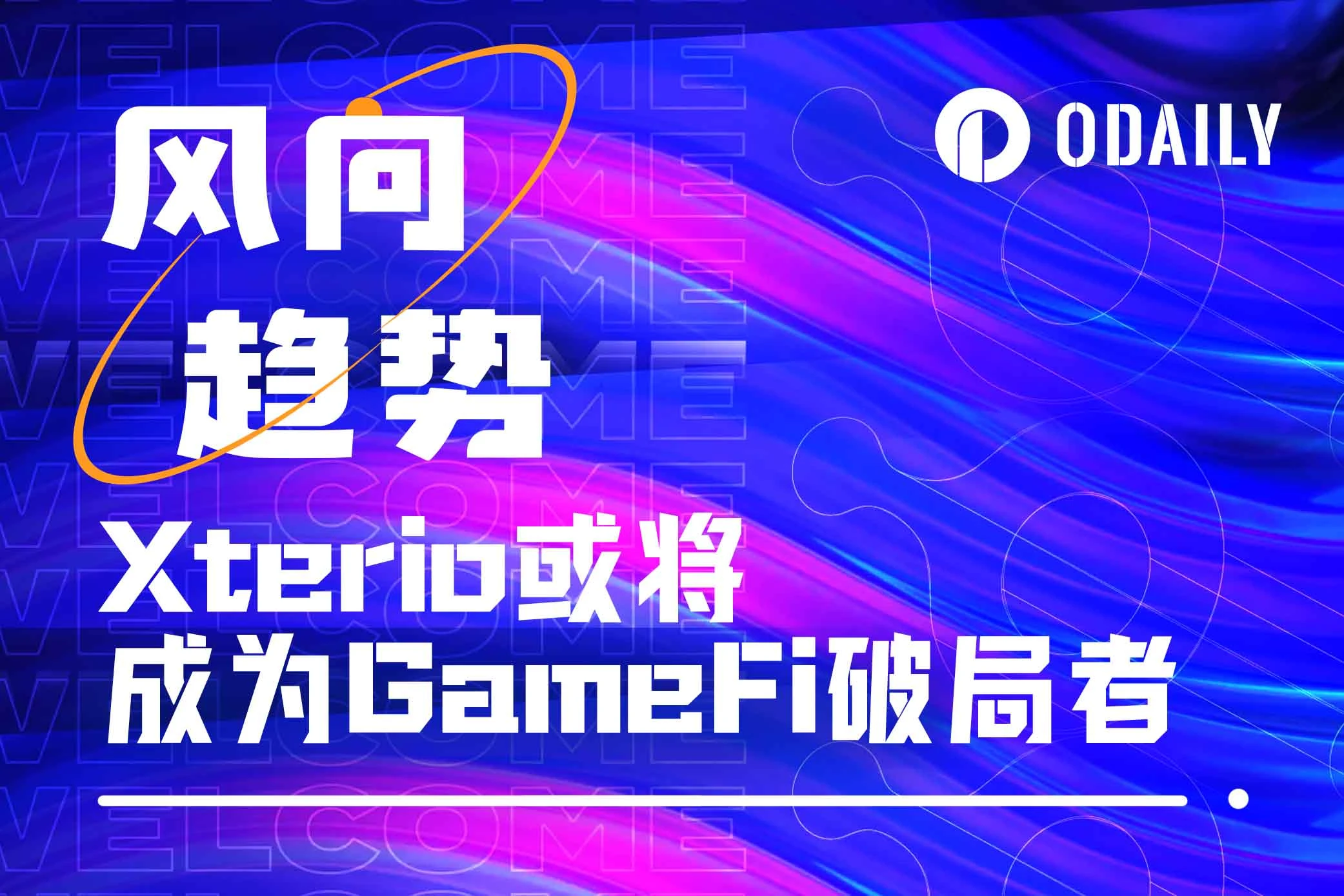
At a time when Telegram mini-games are popular, many GameFi projects such as Notcoin, Catizen, Hamster Kombat, etc., which are produced through WeChat mini-game models or other low-cost methods, have emerged one after another. Although these GameFi projects based on the TON ecosystem have successfully attracted a large number of users and traffic in a short period of time, they mainly rely on token expectations and airdrop rewards to drain market liquidity. With the end of token airdrops, only a few people actually profited through Tap to Earn of these projects, the community enthusiasm quickly decreased, and the user retention rate dropped significantly, making these projects eventually become a short-term phenomenon of flash in the pan.
In the long run, in order to pursue short-term traffic, the project side will rely too much on airdrop expectations and token rewards, while neglecting the polish of the game itself. The GameFi market will inevitably fall into a vicious cycle of bad money driving out good money. In fact, a truly successful game requires not only the careful construction of the project, but also the time and asset accumulation of users.
So, what type of GameFi project is the future development direction of the Web3 game industry? Below, Odaily Planet Daily will help you find the answer by analyzing the data of the Web2 game industry.
SLG games that high-end players focus on may be the key to breaking through the current Web3 games
SLG games: high market share and high paying ability of players
SLG (Simulation Game) is a type of game that emphasizes strategic planning and resource management, especially in the mobile game market. SLG is often referred to as a 4x strategy game (exploration, expansion, development, conquest), and is popular among players around the world.
According to traditional mobile game market reports, SLG has become one of the highest-grossing mobile game categories in the world. In 2023, the global revenue of SLG games reached 8 billion US dollars, with annual downloads approaching 700 million times, and it still maintained a high growth rate of 23.5%. The market share of this game category is extremely outstanding, attracting many publishers to continue to launch new works in the past two years. In 2023, the download share of SLG mobile games in strategy games has exceeded 52.1%, and it is still a game category that players enjoy.
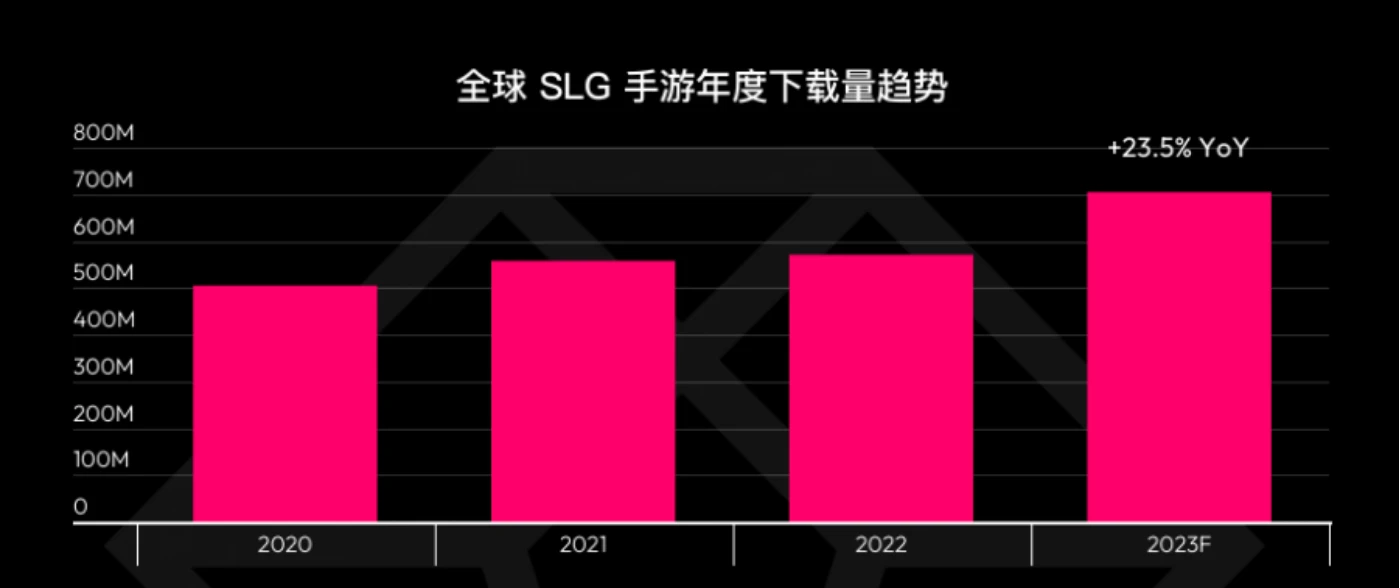
SLG games will maintain a high growth rate of 23.5% in 2023
In terms of players paying ability, the average single user value of SLG games is $11, and the annual payment of top players can be as high as $1 million, far exceeding other game types, becoming one of the player groups with the strongest paying ability. The life cycle of SLG games is also relatively long, usually 6 to 8 years. Top products such as Clash of Clans have been operating for nearly 10 years, with cumulative in-app purchase revenue of nearly $10 billion, demonstrating its long-term ability to attract money and market competitiveness.
SLG games are a natural fit for Web3 games with strong economic utility and high social attributes
The high payment ability and complex economic system of SLG games make them a natural fit with Web3 games. The design of SLG games focuses more on numerical calculations and strategic thinking rather than competition itself, which coincides with the high expectations of the Web3 market for financial attribute games. Compared with other game types such as FPS (first-person shooter), SLG has a more complex ecosystem. The supply and demand relationship in the game does not rely on a single scene, and its consumption and output patterns are more diversified. At present, the user groups of Web3 games often have a certain payment ability. If high-quality SLG games are introduced into Web3, their complex economic system will increase the game between players, making players continue to invest costs in pursuit of higher returns. This mechanism helps to avoid the economic collapse or death spiral brought about by the simple dig, withdraw and sell model, making the game economy more stable and sustainable.
The strong social attributes of SLG games are more suitable for the social network of Web3 games. SLG games emphasize social attributes, and various game guilds will appear to provide players with a platform for cooperation and interaction. In Web3 games, in order to formulate and optimize efficient gold-making strategies, players often actively communicate with community members and even organize guilds, showing a natural high social attribute. If high-quality SLG games are introduced into Web3, due to its complex economic system, discussions between community members will be more frequent, and exchanges on cooperation and strategies will be more in-depth, which will greatly enhance the games stickiness to players and improve retention rates.
SLG games embrace a multi-level player ecosystem, and this feature has been further enhanced in Web3 games. In SLG games, top krypton gold players, little brother players, guild think tanks and other types of players coexist, forming an interdependent ecosystem. If high-quality SLG games are introduced to Web3, their complex economic system will not only differentiate player roles based on the amount of funds, but the guild will also further refine the responsibilities of members according to strategic needs to optimize resource allocation and benefits, and maximize gold farming benefits.
It can be seen that SLG games are undoubtedly the direction that Web3 game teams should focus on exploring and developing. However, due to the complexity of SLG game production itself and the difficulty of acquiring users, few game teams in the Web3 field dare to try this category, or even if they try, no one is interested due to insufficient quality.
So, in such a fiercely competitive environment, what kind of game team has both the determination to produce high-quality games and the ability to attract existing Web3 or even Web2 players? Xterio, which we have recently paid attention to, may become the key to GameFis breakthrough and promote the revolutionary transformation of the next generation of GameFi.
Xterio: Betting on SLG gaming platforms and publishers to build a prosperous Web3 gaming world
Project Introduction
Xterio is a Web3 gaming platform and publisher that integrates free games and online games as well as self-developed games and third-party games currently under development. Its team members come from top game studios such as FunPlus, Electronic Arts, Zynga, Activision Blizzard, Krafton, Jam City, and NetEase, bringing together many senior game producers.
Xterio not only continues to build and grow its gaming community, but also provides developers with a broad and active player base, closely linking players with game selection. This close interaction not only promotes the testing and exposure of innovative products, but also accelerates the development of games. In addition, Xterio helps cooperative games obtain liquidity by launching a unified trading market and resource cooperation platform, avoiding the dispersion of user liquidity, while simplifying the duplication of market development and improving overall operational efficiency. At present, there are more than 70 GameFi projects in the Xterio gaming platform, including a number of Xterio self-developed games, venture capital games and cooperative games.
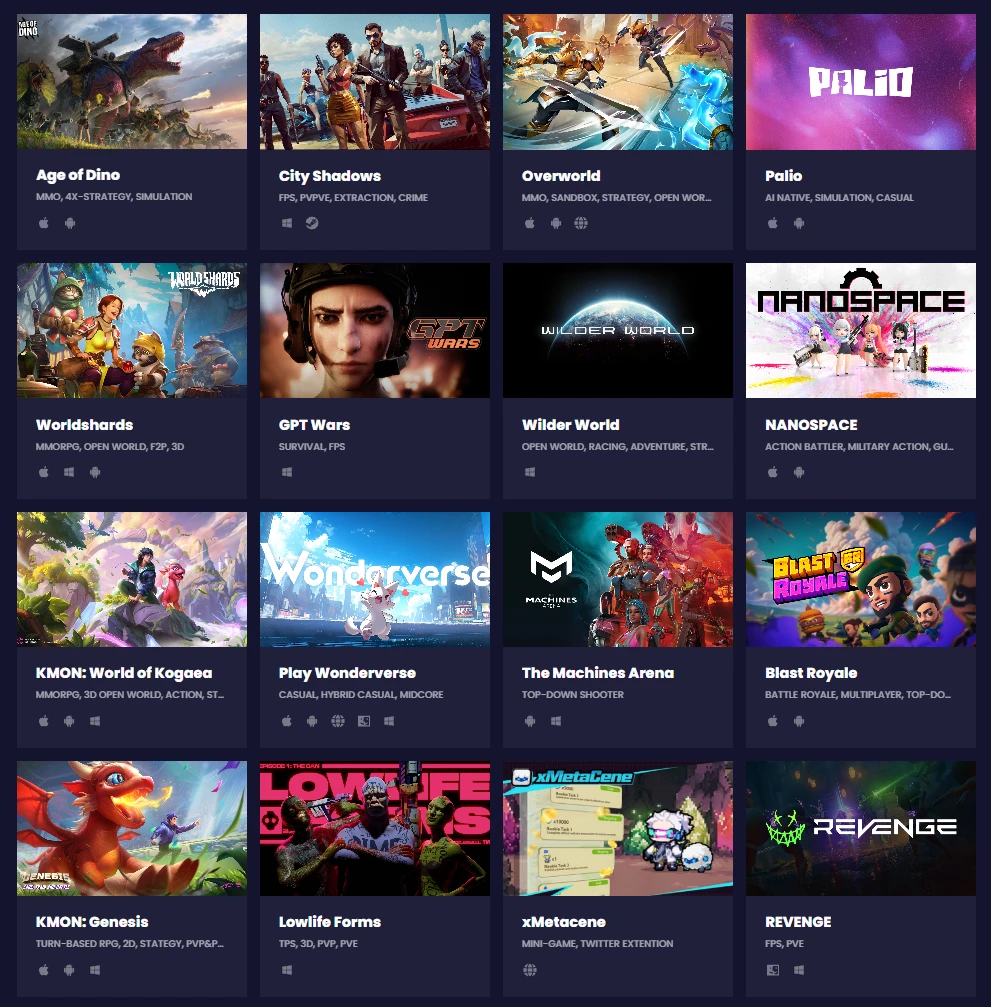
Image source: Xterio official website
The perfect fusion of traditional and blockchain games: Xterio SLG opens a new chapter of millions of paid users
At the end of April this year, Xterio announced a partnership with BNB Chain to introduce its games to a new Layer 2 chain focused on games. According to Dune data, as of September 24, the number of addresses on the Xterio ecosystem chain was nearly 8.4 million, and the total number of transactions on the chain exceeded 108 million. The active on-chain data has built a good on-chain community foundation for its games.
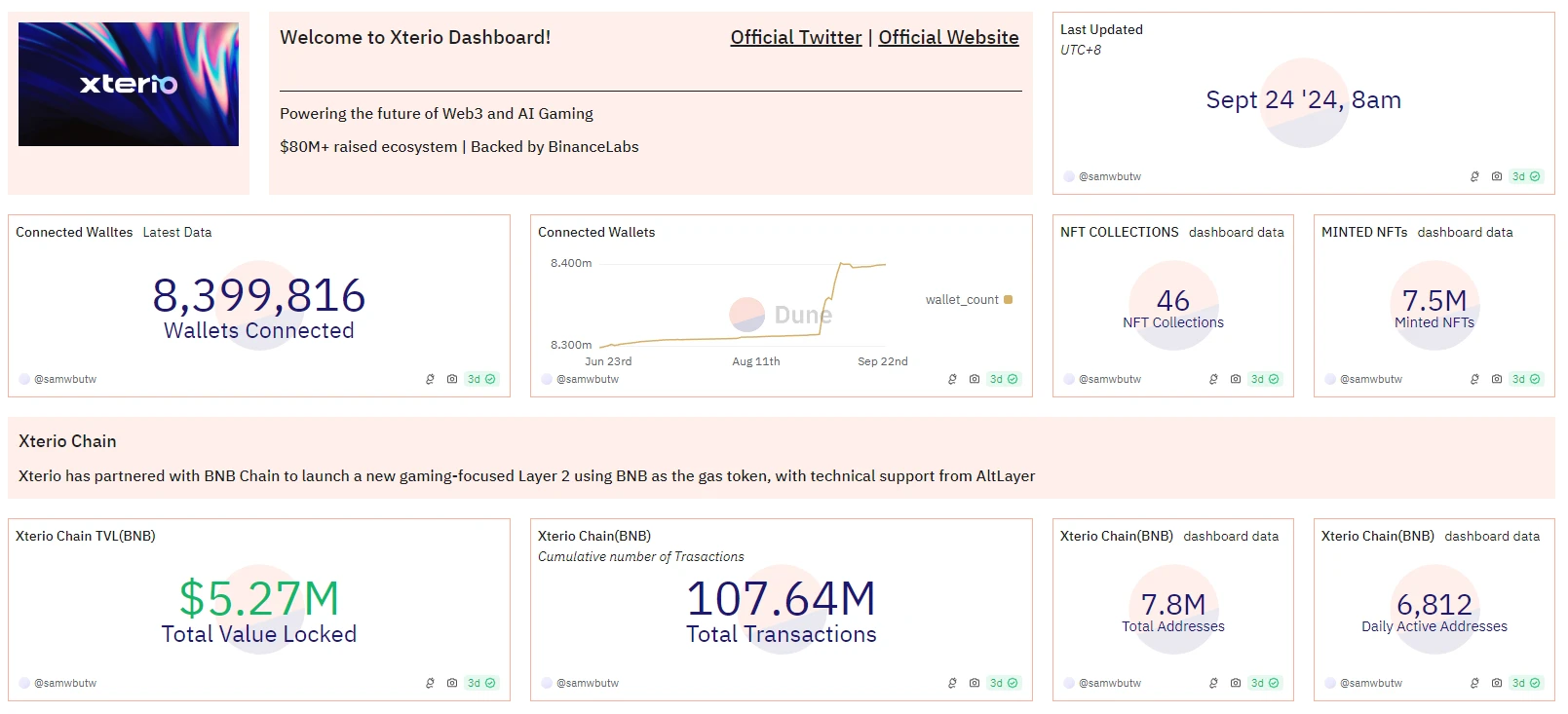
Whether it is a senior professional team or active and rich on-chain data, Xterios outstanding performance is mainly attributed to the extensive background of its founder Michael Tong in venture capital and the gaming industry. Michael has served as a director and COO of NetEase since 2003. With his keen insight, he discovered the blue ocean of the game market with a market value of hundreds of billions, opened up the online game business for NetEase, and accurately seized the opportunities of SLG games overseas during the market development process, pushing FunPlus to become a leader in the SLG game field (FunPlus is a global leading mobile game development and distribution company, known for its high-quality mobile games). Therefore, Xterios establishment in the Web3 field and its bet on SLG games have unique strategic advantages.
On the one hand, the Xterio team can accurately reach the core gaming user group. With their rich experience in the past, they have accumulated a large amount of data on user portraits and tags. Therefore, whether in the Web2 or Web3 field, Xterio can be more accurate and efficient in user acquisition strategies, effectively control costs and improve marketing results.
On the other hand, the Xterio team has achieved significant success in the Web3 game market. In the current crypto cycle, more than 70% of the game projects invested by Xterio have established a foothold in mainstream markets such as Asia, Europe and the United States, and have gained a large amount of user traffic. These projects not only have competitive advantages in the game market, but also occupy a place in the trading market, further consolidating Xterios market position.
Recently, the SLG game Age of Dino incubated by Xterio has sparked heated discussions in major gaming communities during its public beta. Its outstanding data performance may point out a new direction for the development of Web3 games.
Age of Dino may be the first shot in the second half of Web3 games
Age of Dino (AOD for short) is a massively multiplayer online strategy game that covers SLG (simulation game) and RPG (role-playing game) elements. The current game content includes feeding dinosaurs, resource collection, adventure, base construction, etc. Players will fight against AI-controlled opponents and mutant dinosaur armies to continuously expand the territory and obtain resources. AOD is one of the few blockchain games that supports multi-terminal and cross-platform interconnection. It is currently available on iOS, Android and PC, and a Telegram applet version is also available to achieve comprehensive coverage of players.
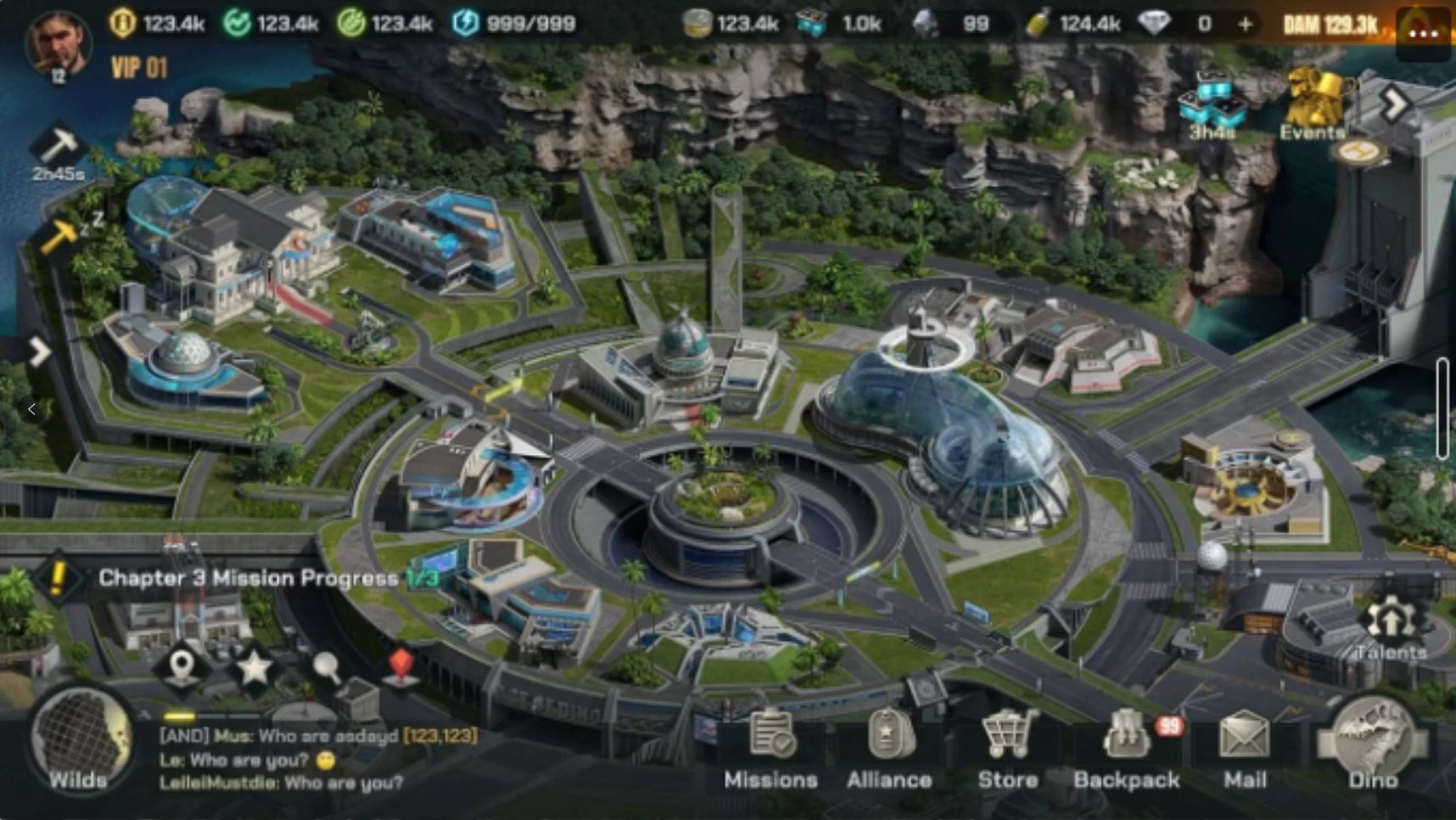
AOD Game Interface
It is worth mentioning that AODs development studio GamePhilos Studio announced in September 2023 that it had completed an $8 million seed round of financing, led by Xterio, Animoca Ventures, and SevenX Ventures, with participation from Hashkey Capital, Sanctor Capital, Game 7, Bas1s , GSR Markets, GSG Ventures and others.
AOD Token Economic Model
On the evening of October 10, Age of Dino announced its eco-token economic model. $AOD will serve as the basis for in-game transactions and blockchain-related activities, realizing various practical functions from management and grading to in-game purchases and player-to-player transactions. According to official information, the total supply of $AOD is 200,000,000 , and the distribution method has been strategically planned to ensure the growth of the game, community participation and long-term sustainability. The specific distribution ratio is as follows:
Investors and Team: 50,000,000 $AOD, accounting for 25% of the total supply , will be locked for 6 months after TGE and then released linearly over 24 months. This part of the tokens is used to incentivize the development team and key stakeholders to continue to develop and improve the game;
Game rewards: 80,000,000 $AOD, accounting for 40% of the total supply , will be gradually released within 48 months after TGE. This part of the tokens is used for the play to earn part of the game, ensuring that players time and energy are rewarded;
Early airdrop: 20,000,000 $AOD, accounting for 10% of the total supply, will be fully unlocked at TGE. This part of the tokens is used to reward early contributors and supporters of AOD, including early bird players and Telegram mini-game participants;
Advisors: 6,000,000 $AOD, 3% of the total supply , will be locked for 6 months after TGE and then released linearly over 24 months. This portion of tokens is used to reward advisors who provide strategic guidance, technical expertise, and industry relationships for the development of AOD;
Liquidity: 12,000,000 $AOD, accounting for 6% of the total supply , will be fully unlocked at TGE. This part of the tokens is used to establish initial liquidity on DXE and CEX;
Marketing: 20,000,000 $AOD, 10% of the total supply , will be locked for 6 months after TGE and then released linearly over 24 months. This portion of tokens will be used for marketing activities, partnerships, influencer collaborations, and promotions to increase awareness of AOD and attract new players;
Dinosty NFT holders: 12,000,000 $AOD, 6% of the total supply , 50% will be unlocked at TGE , and the rest will be released linearly over 12 months. This portion of tokens is reserved exclusively for Dinosty NFT holders, providing additional rewards for holding and using these high-value assets in the game, encouraging players to participate more deeply in the ecosystem.
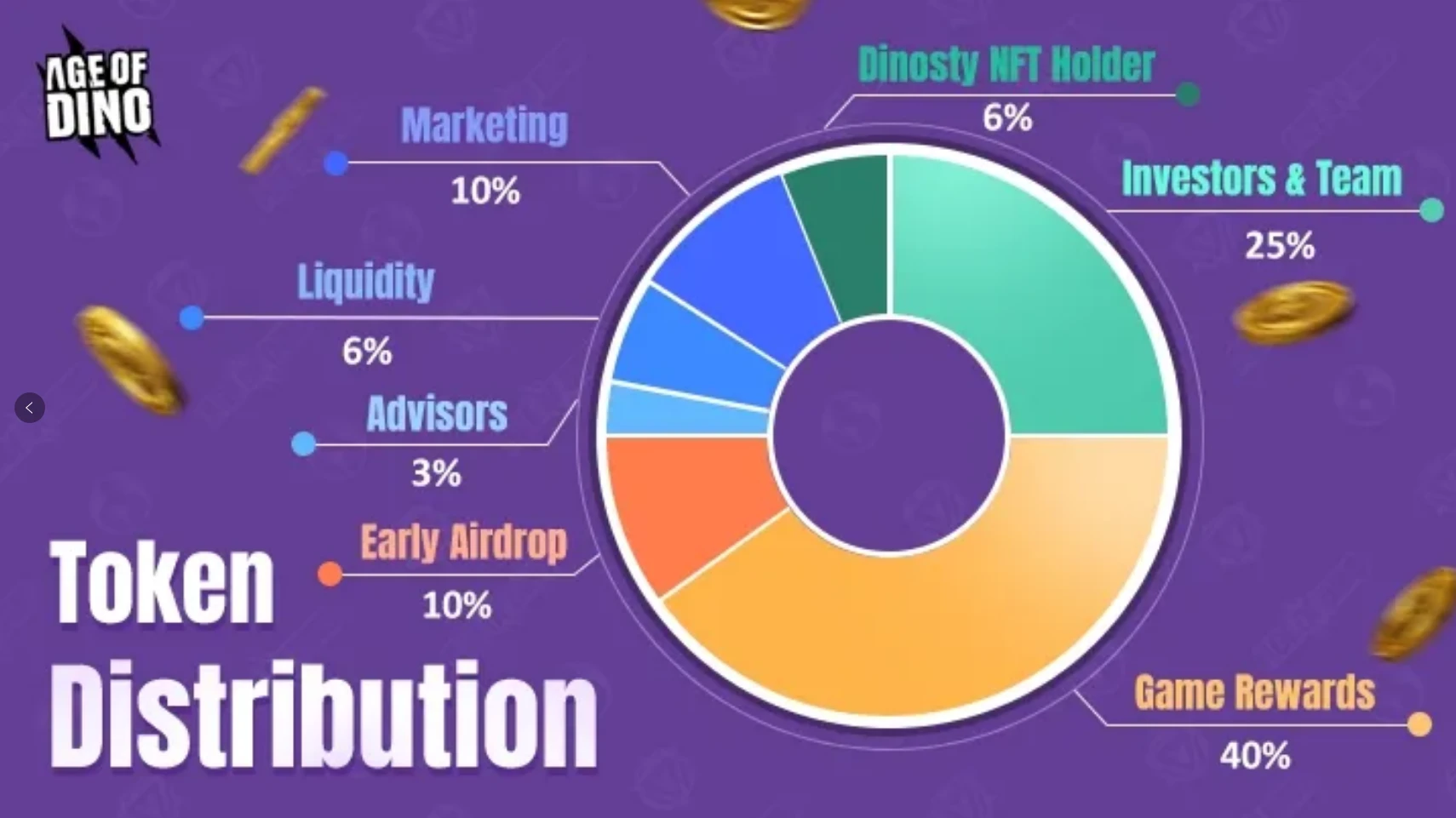
It is worth mentioning that in order to maintain the long-term value of $AOD, the team decided to implement several plans to achieve the deflation of tokens , including:
Part of the $AOD that players spend in the game will be burned;
Players need to destroy a certain amount of $AOD to participate in exclusive events with high rewards;
Players need to destroy a certain amount of $AOD to create rare NFTs, upgrade dinosaurs, and other game assets;
The team will periodically hold revenue-based or community-driven $AOD token burn events.
Low-key efforts, impressive data
In the first week of AODs public beta, many core data performed well, especially in terms of strong payment ability and high game playability, which attracted widespread attention from major communities.
The game achieved over $300,000 in revenue in the first week, including in-game purchases and on-chain revenue. It is worth mentioning that unlike other top SLG games where about 40% of revenue comes from skins, all skins in AOD are produced by users, and the team promises to truly give the ownership of the core assets of the game to users, so no additional skins will be issued to increase revenue. In addition, AODs ARPU (average spending per paying user) is as high as $110, which is not only 300% of similar Web3 games, but also more outstanding in many traditional SLG games, fully demonstrating the games ability to attract high-value users. Moreover, within a few weeks of going online, AODs revenue can already be seen, and Web2s fiat currency recharges and Web3 players on-chain recharges are evenly matched, which is a rare phenomenon.
AODs high-quality game content and innovative design have attracted player guilds from many countries. They have spontaneously formed teams in the game, and in order to achieve better results in the game, the guilds have established a solid alliance relationship. The high degree of collaboration between players is vividly reflected in the game, especially in the last round of the research institute battle, nearly 10,000 people were online at the same time, and they worked together for 8 hours to compete for the kings position in the server. It is worth mentioning that during the guild war, a single user recharged and paid more than 20,000 US dollars in the game store, which is very rare in Web3 games. This high degree of participation and competitive enthusiasm further demonstrates the strong social attributes and deep participation of the game.
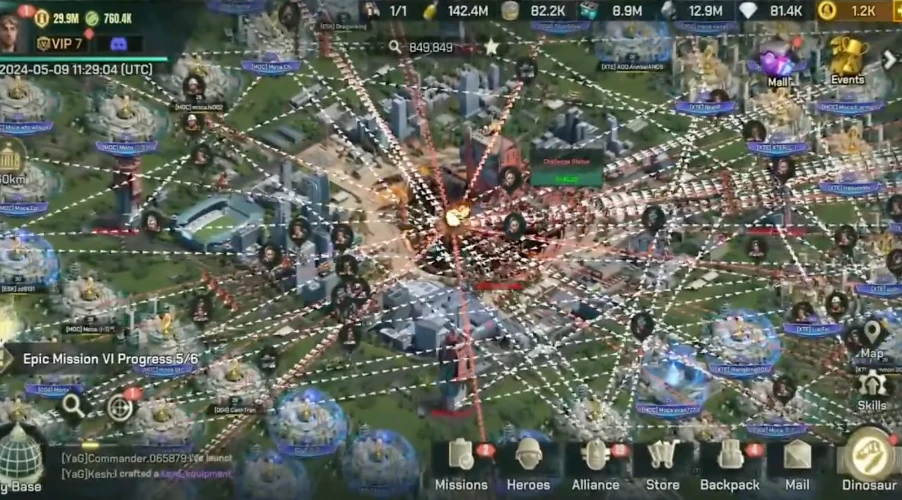
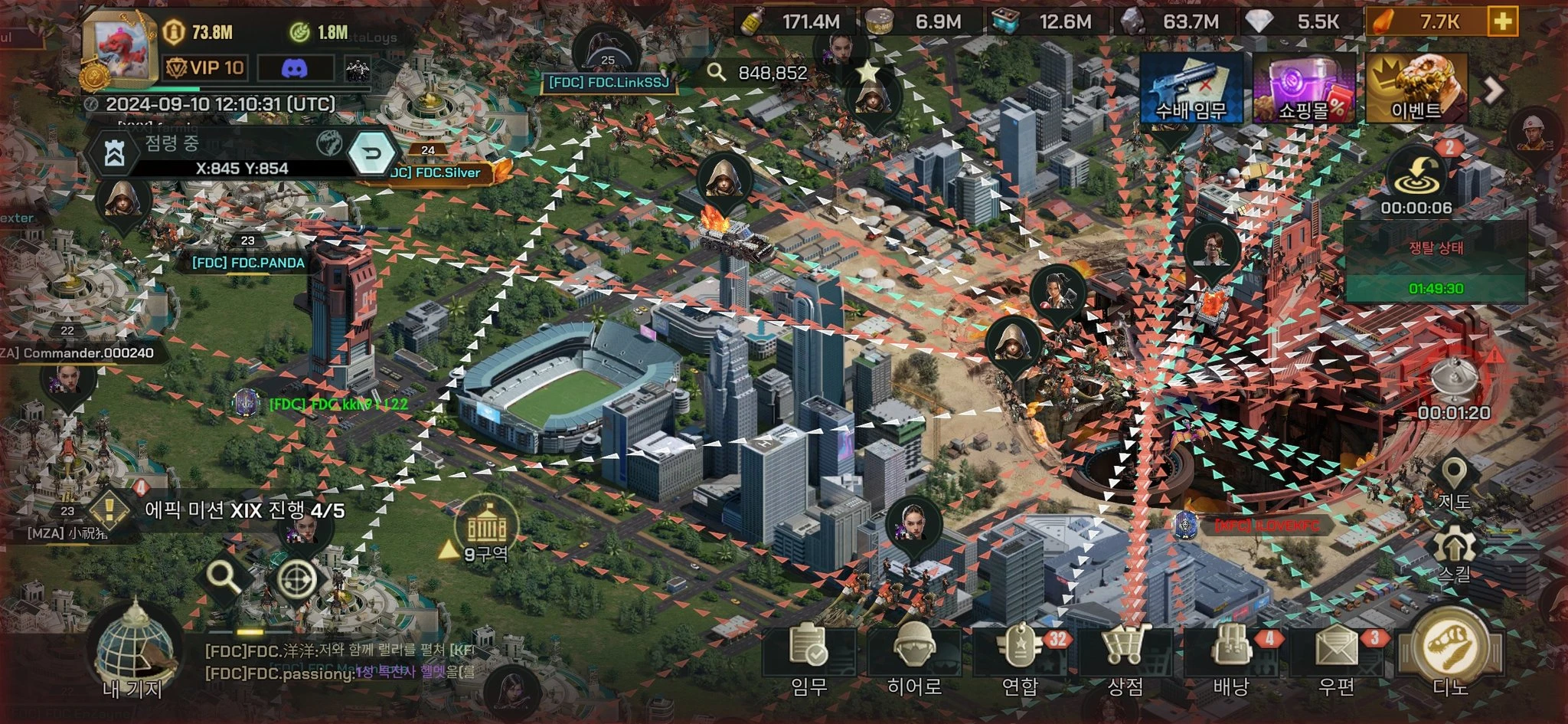
Screenshot of the game during the battle for the research institute
AOD does not forcibly insert unnecessary on-chain interactions during the game. Instead, it uses transactions to more naturally connect Web2 and Web3 users, allowing users to have different choices.
Xterio SLG creates a new Web3 gaming ecosystem
It can be seen that the combination of SLG games and Web3 solves the pain point of GameFis weak payment attributes and further strengthens GameFis social attributes. Unlike most Web3 game projects, Xterio, which has received $55 million in financing, has continued to build in the bear market. In the past two years, it has continuously invested resources to develop and produce high-quality SLG games. This continuous effort and pursuit of quality reflects Xterios long-term vision and commitment to the player community.
It is worth mentioning that Age of Dino recently launched a limited-time Telegram mini-game, Dino Museum, which provides players with an additional way to obtain rare game resources.
With its continued investment in SLG games, its emphasis on the player community, and its potential to occupy a significant share of the market, Xterio, the company that has incubated many high-quality games such as AOD, may lead the development of the second half of Web3 games, fire the first shot, and truly drive the entire industry forward.










